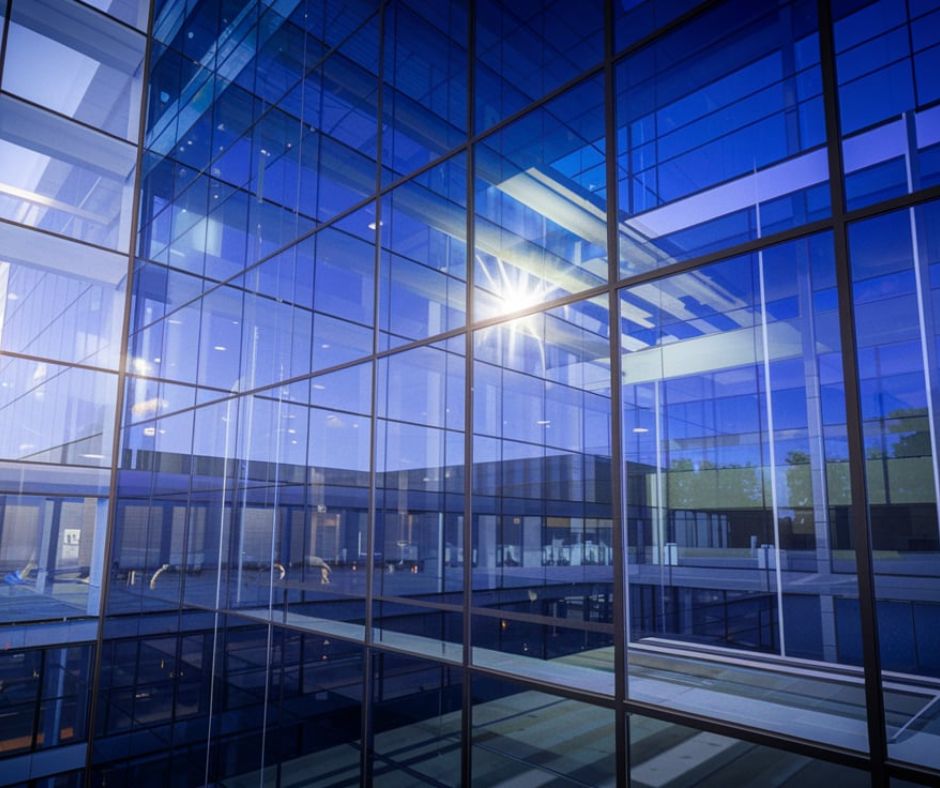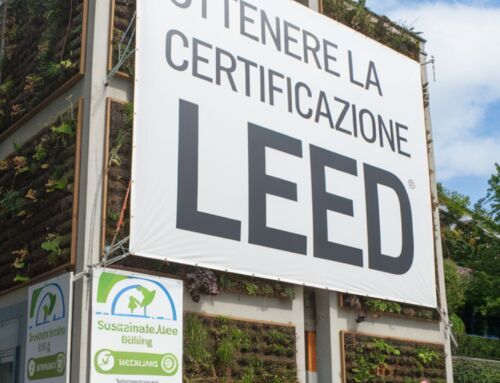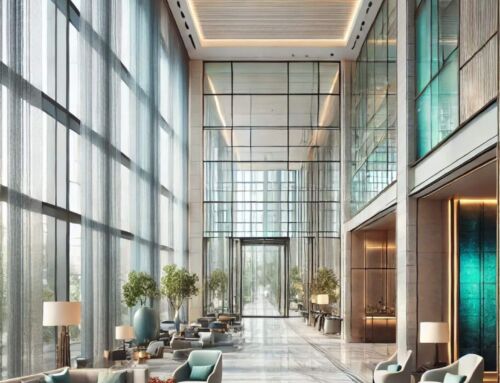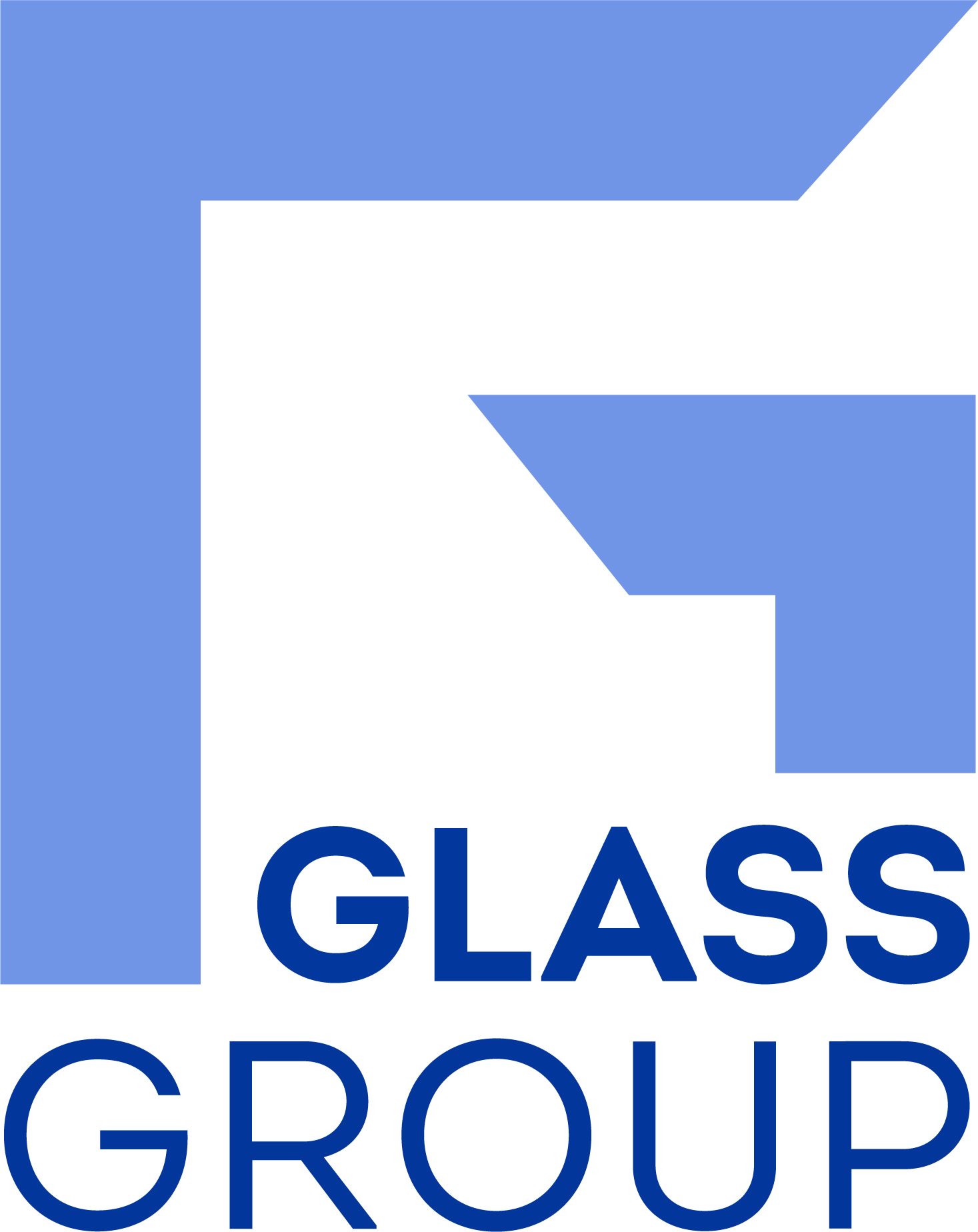Low-emissivity (Low-E) glass is a game-changing solution for improving energy efficiency and comfort in buildings. It is an ideal choice for contractors, construction companies, and hoteliers committed to reducing their environmental impact while elevating the quality of their spaces.
Why Low-E Glass Matters
Today’s construction industry prioritizes energy efficiency, comfort, and design innovation. Regardless of your project’s scope (be it apartment buildings, luxury villas, or hospitality properties) integrating Low-E glass can transform ordinary spaces into energy-efficient havens.
When presenting your services to clients, highlight how Low-E glass helps create spaces that stay cozy in winter and cool in summer, reducing thermostat reliance and energy expenses. This not only enhances the building’s environmental performance but also elevates the living experience for occupants.
What Is Low-E Glass and How Does It Work?
Low-E glass is a technological innovation treated with a microscopically thin layer of noble metals like silver. This coating reflects heat back into the building during winter and blocks excessive heat during summer, allowing only visible light to pass through.
By reducing energy waste, Low-E glass ensures optimal indoor climate control, making it an essential element of sustainable construction.
Key Benefits
Installing Low-Emissivity glass provides measurable advantages for both clients and building occupants:
By addressing both functionality and sustainability, Low-E glass enhances energy efficiency and indoor comfort. It achieves this by minimizing thermal losses, reducing UV exposure, preventing condensation, and increasing property value.
Optimizing Your Glass Selection
Your choice of Low-E glass should depend on several critical factors:
- Climate Zone
- Window Orientation
- Comfort and Lighting
For colder climates, choose glass with high heat retention, while warmer regions benefit from solar protection; also consider sunlight exposure and balance insulation with natural light and UV shielding.
Installation, Maintenance, and Financial Incentives
To achieve optimal performance, Low-Emissivity glass must be installed by skilled professionals. Maintenance is minimal, requiring only periodic cleaning with specialized products.
Nordic countries are implementing significant measures to promote energy efficiency through regulations and incentives aimed at window replacement. While each country adopts unique approaches, the shared goal is to reduce emissions and enhance building sustainability. The recent European Green Homes Directive provides a regulatory framework that could further bolster these efforts across Europe.
For references, you may consider the following sources:
- European Green Homes Directive: details available on the official European Union climate policy website or documents outlining energy performance directives.
- National Energy Efficiency Plans: nordic countries often publish specific strategies; for example, Denmark’s Energy Agreement or Sweden’s long-term renovation strategy.
- International Energy Agency: reports on global energy efficiency policies often include sections on the Nordic region (IEA).
Low-Emissivity glass reflects thermal energy generated inside a building, retaining it within and minimizing heat loss to enhance energy efficiency.

How to choose the perfect Low-Emissivity Glass for your building?
The selection of low-emissivity glass depends on several factors, including:
Types of Low-E Glass for Diverse Needs
When selecting low-emissivity glass, understanding the unique benefits of each type is essential. Here’s a comparison of Soft Coating and Selective Low-E Glass to help you choose the best option for your project.
Soft Coating Low-E Glass:
- Offers excellent insulation and high light transmission.
- Ideal for colder climates to retain indoor heat.
- Durable and scratch-resistant when sealed in insulated glazing units.
Selective Low-E Glass:
- Combines Soft Coating technology with additional thermal regulation.
- Allows partial solar heat transfer while reflecting excess heat, ensuring comfort year-round.
Technical Characteristics of Low-E Glass
Low-E glass options differ in key performance metrics, allowing you to select the ideal solution for your needs:
- Selectivity: balances light transmission and heat blocking; higher selectivity ensures maximum natural light with minimal heat.
- Thermal Transmittance (Ug): indicates heat retention; lower Ug values provide superior insulation.
- Solar Factor (g): measures solar energy transmission; lower g values minimize heat gain for enhanced comfort.
- Tinting: available in neutral or subtle shades to complement various architectural designs.
Conclusion
Low-E glass is a cutting-edge solution for modern construction, offering unmatched benefits in energy savings, comfort, and sustainability. Whether you’re enhancing a residential property or designing a luxury hotel, it adds measurable value and long-term performance to any project.
At Nuova Vetreria Valmarecchia, we provide tailored glass solutions to meet your project’s unique needs. Contact us today to explore how Low-E glass can elevate your next development.
Low-E glass allows sunlight to pass from the outside to the inside, enhancing natural light while maintaining energy efficiency.






